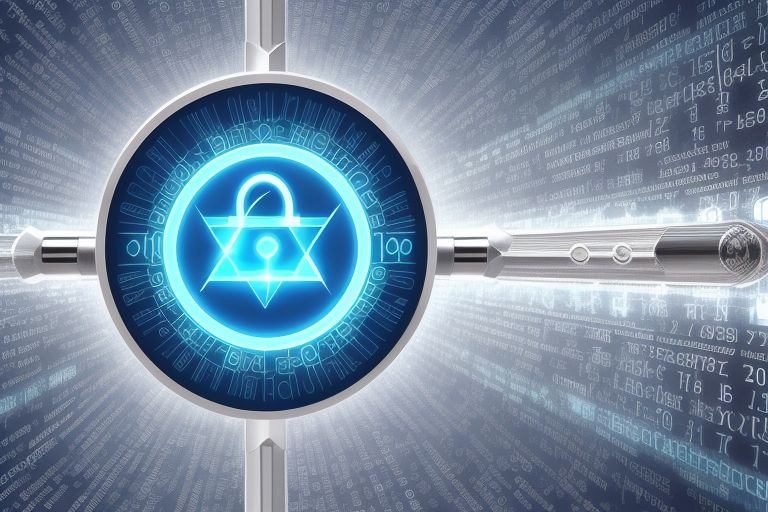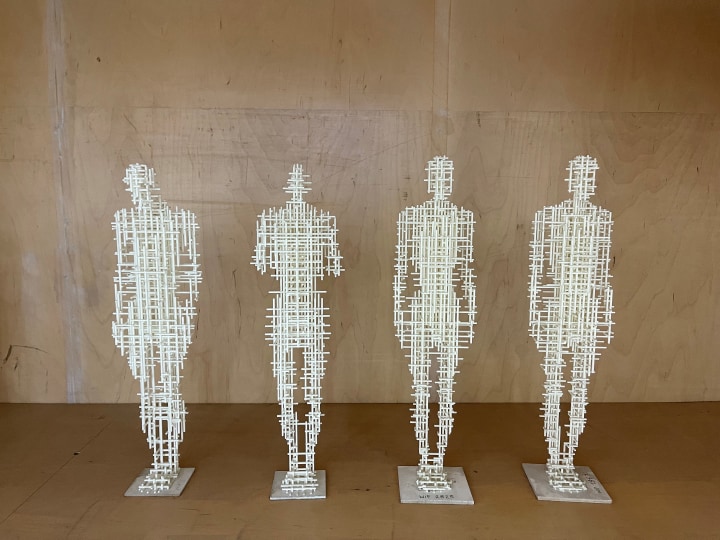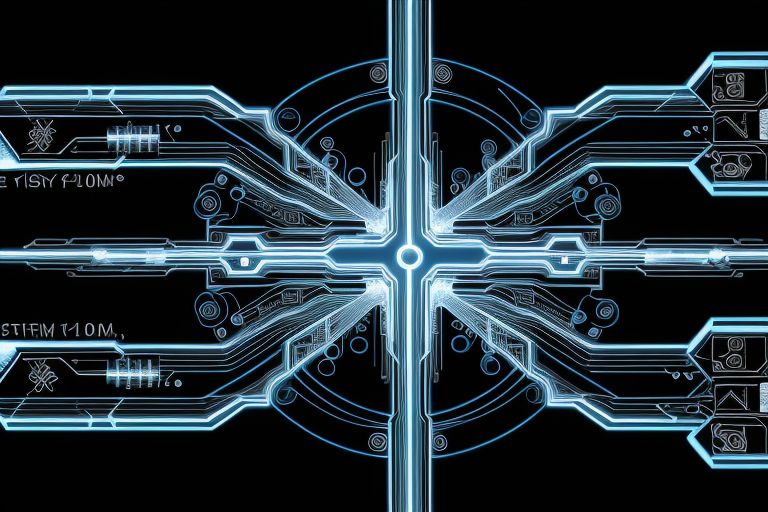The Era of Quantum Cryptography represents a pivotal shift in the landscape of digital security, heralding a future where encryption could become virtually unbreakable. This advancement is primarily due to quantum computing’s unique properties, which significantly differ from classical computing principles.
Quantum Computing and Cryptography
Quantum computing harnesses the principles of quantum mechanics, utilizing qubits (quantum bits) instead of the binary bits (0s and 1s) used in classical computing. Unlike bits, which can be either 0 or 1, qubits can exist in multiple states simultaneously due to superposition. Furthermore, entanglement, another quantum phenomenon, allows qubits that are far apart to be interconnected in such a way that the state of one (whether it’s observed or not) can instantaneously affect the state of another, regardless of the distance separating them.
These quantum characteristics enable quantum computers to perform complex calculations at speeds unattainable by classical computers. Specifically, quantum computers can quickly solve mathematical problems that form the basis of most current encryption techniques, such as factoring large numbers, which is foundational for RSA encryption, a widely used method for securing internet communications.
Quantum Cryptography
Quantum cryptography leverages quantum mechanics to secure data transmission in a way that is theoretically immune to eavesdropping. The most well-known application of quantum cryptography is Quantum Key Distribution (QKD). QKD uses the quantum properties of particles, like photons, to generate and share encryption keys between parties. Any attempt to intercept or measure these particles would unavoidably alter their state, thereby revealing the presence of an eavesdropper. This makes QKD uniquely secure compared to classical encryption methods, which can potentially be broken with sufficient computational power.
Implications and Challenges
The advent of quantum cryptography promises to revolutionize how sensitive information is protected. Governments, financial institutions, and other entities dealing with critical data are particularly interested in its potential. However, this technology also presents significant challenges.
- Transition and Integration: Transitioning from classical to quantum cryptography requires new infrastructure and the integration of quantum-resistant algorithms into existing systems. This process is complex and expensive.
- Accessibility: Currently, quantum cryptography and computing technologies are accessible to only a handful of organizations worldwide due to their cost and complexity. This raises concerns about a digital divide where only those with significant resources can afford the highest level of security.
- Quantum Computing Threat: While quantum cryptography offers enhanced security, the advent of quantum computing poses a threat to current cryptographic standards. Organizations worldwide are researching post-quantum cryptography to develop new algorithms that can resist quantum computing attacks.
- Technical Limitations: Quantum cryptography, particularly QKD, faces technical challenges, including limited transmission distances and rates. These limitations necessitate further research and development to make quantum cryptography practical for widespread use.
Looking Forward
The Era of Quantum Cryptography is still in its early stages, with ongoing research and development required to overcome its current limitations. However, its potential to provide unbreakable encryption holds the promise of a new standard in data security. As quantum technology continues to evolve, it will be crucial for industries, governments, and researchers to collaborate in addressing the challenges and harnessing the opportunities presented by quantum cryptography. This collaborative effort will ensure that the digital world remains secure in the face of evolving threats and technological advancements.



